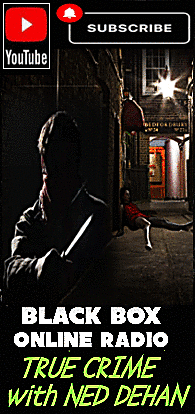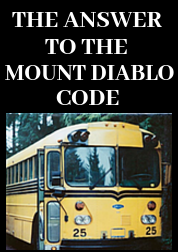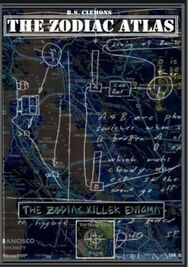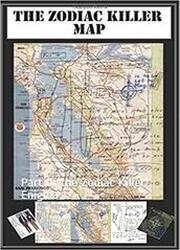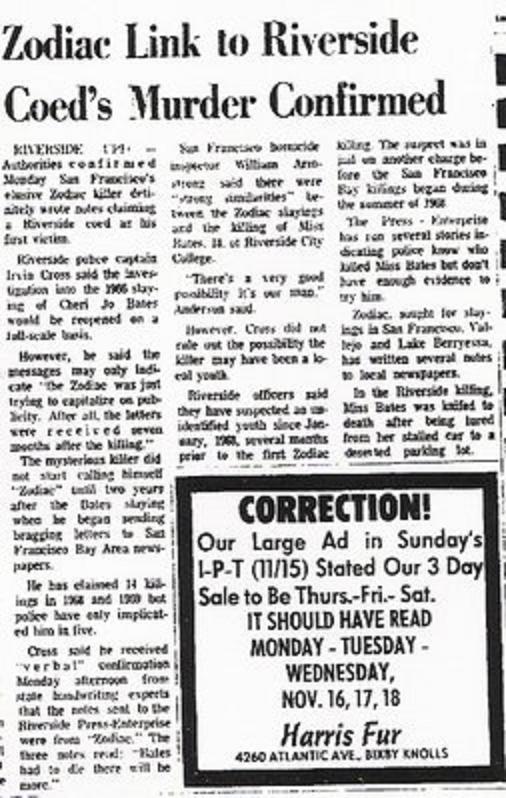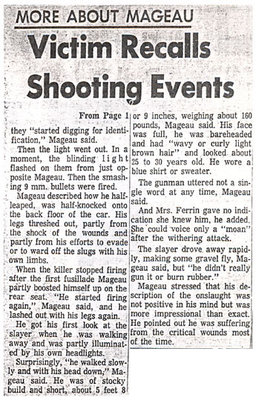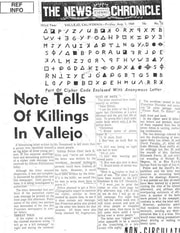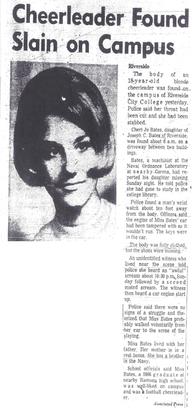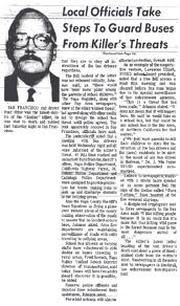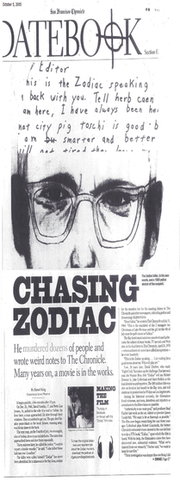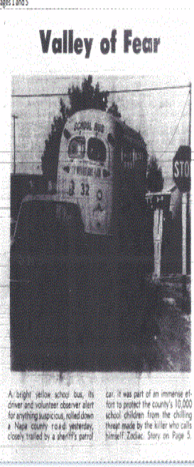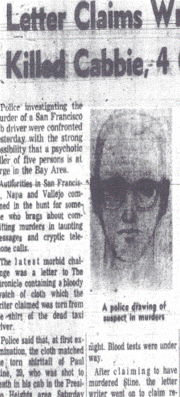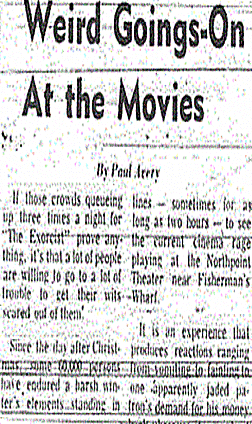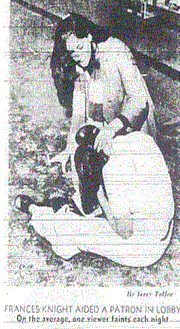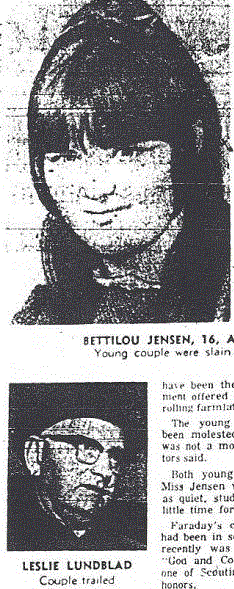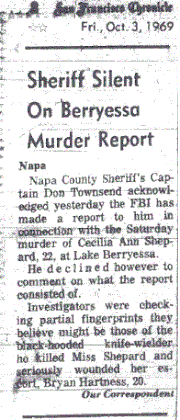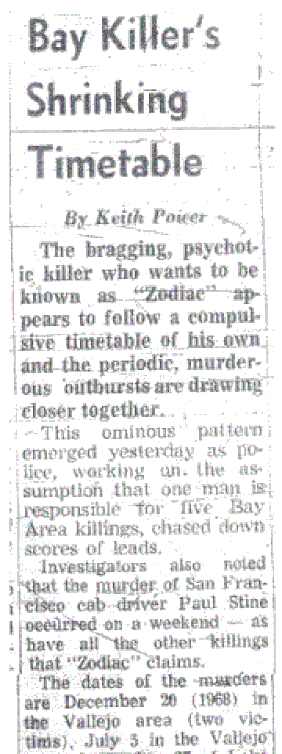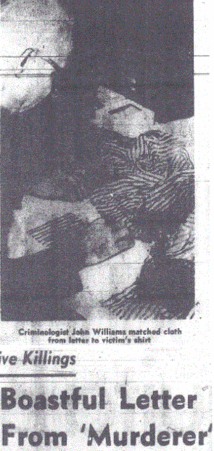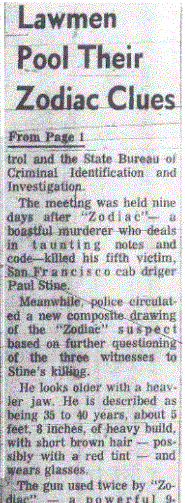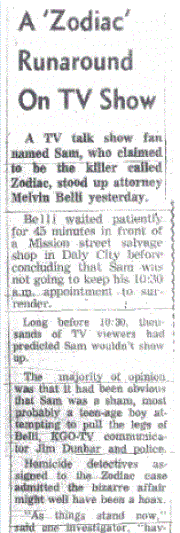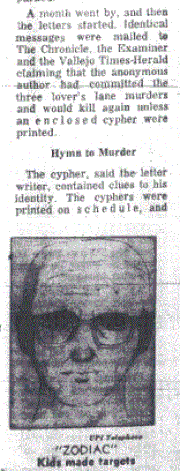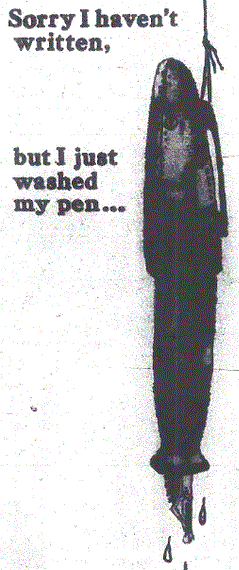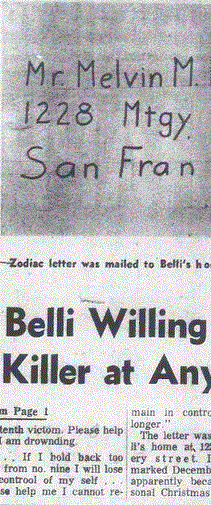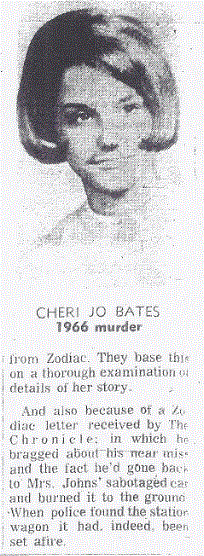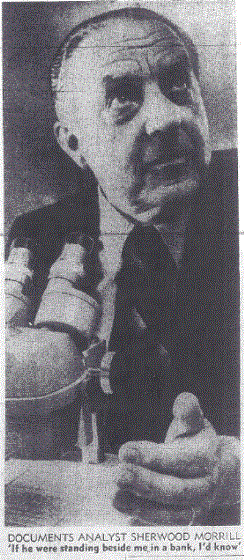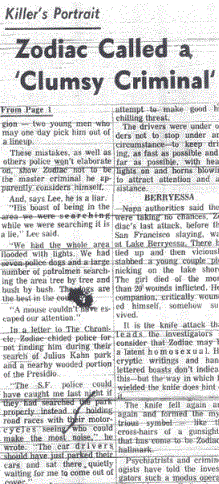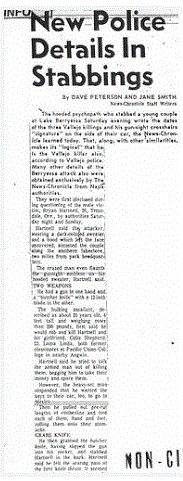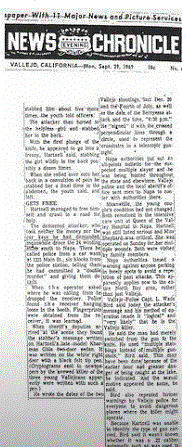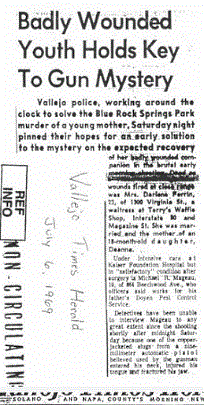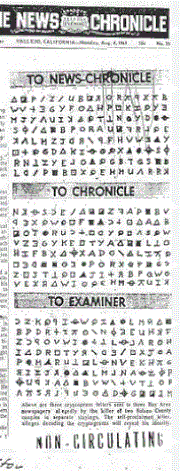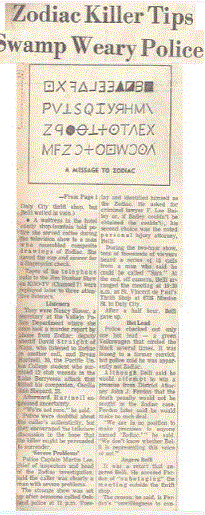To discover why David Faraday would move his vehicle from the east bank to the west bank may be explained by the recollections of Peggy Your, the eyewitness immediately preceding Robert Connelly. She stated "As they were driving west on Lake Herman Road (toward Vallejo) at the turn off to the Benicia Water Pumping Station, she observed a Rambler station wagon parked with front end heading east, there were two Caucasians in the front seat, male and female, when the lights from the car came upon the station wagon, the male sat up in the seat. Mrs Your said it was a cold night and she noticed no frost on the station wagon". The Rambler in its original position catches the headlights from oncoming vehicles in either direction, so it is perfectly feasible that David Faraday opted to move his vehicle to the west bank for more privacy. He was clearly still visible to Robert Connelly at approximately 11:05 pm on the west bank, but he may have thought this a better spot for the courting couple. Since the Rambler was the only vehicle spotted in the turnout when Robert Connelly passed, it is clear that David Faraday changed the position of the Rambler to the west bank by his own choice, and therefore, the reason behind his thinking is fairly immaterial. The only question that remains is, what caused the Rambler to move from the west bank to the red position below (the final resting position observed by police).
|
To fully understand the true picture of the events of Lake Herman Road on December 20th 1968 we first have to place the Faraday Rambler in its correct position when discovered by police. It wasn't situated with its front end parked on the eastern bank, it was at least 25-30 feet from the eastern bank, not parked in a position one would have expected David Faraday to choose as the ideal location in the turnout. The photographs of the crime scene clearly show no turnout bank in front of the Rambler, and in addition, the police sketches vary wildly. As one would expect, the police sketch with the measurements should be the most accurate - and this shows a distinct distance from the Rambler front end to the turnout edge. Using simple trigonometry, the distances recorded by police, the telegraph pole, photographs and newspaper images, it is a relatively easy task to find the exact position of the Rambler. It can be determined that the longest measurement on the police sketch must read 93'1" as opposed to the widely believed 73'1" (it just hasn't been written clearly). If you enter Google maps and measure the 53'3" from the telegraph pole in any degree of a north-westerly direction, you will observe how far the front end of the Rambler must be away from the turnout edge. Now widen the turnout (as it would have been in 1968) and you will see the distance increase markedly. This is extremely important because it changes the whole dynamic of the Lake Herman Road events that night, especially when we factor in eyewitnesses who believed the Rambler was literally on the eastern bank and the testimony of Robert Connelly, who on two occasions stated the Rambler was facing into the turnout alongside the western bank. An eyewitness statement conveniently ignored because it doesn't appear to fit the widespread narrative of a killer pulling alongside the Rambler on the eastern bank, exiting his vehicle and attacking the young couple. If Robert Connelly and Frank Gasser are correct, the whole attack may have unfolded in a completely different manner and explain why David Faraday's Rambler was parked so far from the turnout edge. The 50 feet measurement above is a combination of the length of the Rambler (16ft), Betty Lou Jensen's height (just over 5ft) and the distance of 28'6" her head was measured from the rear of the Rambler. The final resting position of the Rambler doesn't rely on eyewitness testimony or recollections by police, because it can be definitively placed in its correct position by using the feet and inches of exact measurement. Positioning the Rambler approximately 25 to 30 feet away from the turnout edge, closer to the middle of the turnout, is not the natural position to park in a lovers lane retreat and may be explained by the observations of Robert Connelly - the last person to have seen the Rambler alone in the turnout. The final location of the Rambler more indicative of a position not chosen by David Faraday. If this position was not through choice, then he must have been forced there from the position noted by Robert Connelly (facing toward the gate on the west bank). To discover why David Faraday would move his vehicle from the east bank to the west bank may be explained by the recollections of Peggy Your, the eyewitness immediately preceding Robert Connelly. She stated "As they were driving west on Lake Herman Road (toward Vallejo) at the turn off to the Benicia Water Pumping Station, she observed a Rambler station wagon parked with front end heading east, there were two Caucasians in the front seat, male and female, when the lights from the car came upon the station wagon, the male sat up in the seat. Mrs Your said it was a cold night and she noticed no frost on the station wagon". The Rambler in its original position catches the headlights from oncoming vehicles in either direction, so it is perfectly feasible that David Faraday opted to move his vehicle to the west bank for more privacy. He was clearly still visible to Robert Connelly at approximately 11:05 pm on the west bank, but he may have thought this a better spot for the courting couple. Since the Rambler was the only vehicle spotted in the turnout when Robert Connelly passed, it is clear that David Faraday changed the position of the Rambler to the west bank by his own choice, and therefore, the reason behind his thinking is fairly immaterial. The only question that remains is, what caused the Rambler to move from the west bank to the red position below (the final resting position observed by police). We can pick and choose eyewitness testimony to suit our theory of how the crime unfolded, but unless a valid reason can be found for discounting such testimony, then it cannot be overlooked. Robert Connelly stated the Rambler was on the west bank a few minutes before our next eyewitness, James Owen, passed the turnout. In that brief period a second vehicle had arrived and the Rambler had moved back over toward the east side of the turnout (the red position above). The reach of James Owen's headlights as he was traveling toward Benicia may explain why he could only see a "dark car" alongside the Rambler at the periphery of the light. Robert Connelly (also traveling toward Benicia) noticed the Rambler but couldn't see the occupants - probably because the young couple were in the reclined position in a less illuminated section of the turnout. The time difference between Robert Connelly and James Owen passing the turnout may have been as little as five minutes. In this short window of time the Rambler had moved and the second vehicle had arrived. There is a high probability that these two events are related to one another, bearing in mind the unnatural position of the Rambler discovered by police, approximately 25 to 30 feet from the eastern bank facing southeast (the compass directions on the police sketch are slightly off). This is a position most unlikely to have been chosen by David Faraday of his own volition - and if we believe the twice repeated testimony of Robert Connelly - then the Zodiac Killer must have forced this change of position. The Zodiac Killer could conceivably have pulled up behind David Faraday (as shown above) thereby blinding their vehicle in light, in similar fashion to Blue Rock Springs. The Zodiac Killer may have flashed his headlights, and with David Faraday possibly believing it to be police and/or under instruction, reversed and pulled his vehicle into its final resting position, with the Zodiac Killer pulling alongside. Whatever the case, his Rambler changed position from the west bank to the position shown in the December 21st 1968 KRON footage below. This would explain the three shifts in position of the Rambler through three sets of eyewitnesses, however, what it doesn't explain is the statement of James Owen that "he did not see anyone in the cars or around them". The Zodiac Killer, being just beyond the periphery of light, would explain why he was not visible, but as for David Faraday and Betty Lou Jensen we can only speculate. The simplest answer, is that James Owen simply failed to notice them - or depending on the time difference between Zodiac and James Owen reaching the turnout - they may have been removed from the vehicle. The Faraday Rambler must have been in three different positions from 11:00 pm onwards, because if we take the Robert Connelly testimony as accurate, then the Rambler moved from east to west in the turnout and back again. It therefore couldn't have ended up in the identical position it was first noted. David Faraday was an extremely intelligent and responsible young man, who would certainly not have parked his vehicle in the odd position detailed at the crime scene by police. The Rambler was coerced into that position - and the Zodiac Killer is the only viable candidate.
tom1
7/28/2019 11:03:49 am
At last a clear and concise rendition of the movement of the Rambler. thank you, Richard
Richard
7/28/2019 12:45:39 pm
Thanks Tom. Where the young couple were, still needs answering however. Just cannot reconcile the James Owen account. As Ray Grant pointed out, if the killer hid them while Owen passed (and James Owen didn't notice that Rambler door open), then why was it open when police arrived at the crime scene.
tom1
7/28/2019 01:26:31 pm
Another confusing issue for me was the witness account of the Yours as it related to movement or not of the Rambler. I had given up long ago trying to understand their statement.
Richard
7/28/2019 01:40:56 pm
The Yours made no mention of the movement of the Rambler Tom. It was static from their visit to the Marshall Ranch just before (or around 11pm) and still in the same position when they returned and passed the turnout on the way to Benicia. Then it moved before Connelly and Gasser headed off to Benicia.
tom1
7/28/2019 04:13:49 pm
It was the reporting of what they said that I had a hard time with. Remember, I am an oulde.
Richard
7/29/2019 07:05:46 am
Does 56 classify as an oulde Tom.
Tom1
7/30/2019 08:51:02 pm
Richard, you are not quite an oulde, but with luck you will make it one day. My son says, “old people suck”. The rendition of the statements of the Yours drives me crazy. Cars are trucks, facing in different directions, and then the author can’t keep things straight. It is Miller Time here in Georgia. Good nite all. Comments are closed.
|
All
For black and white issue..
Archives
July 2024
|
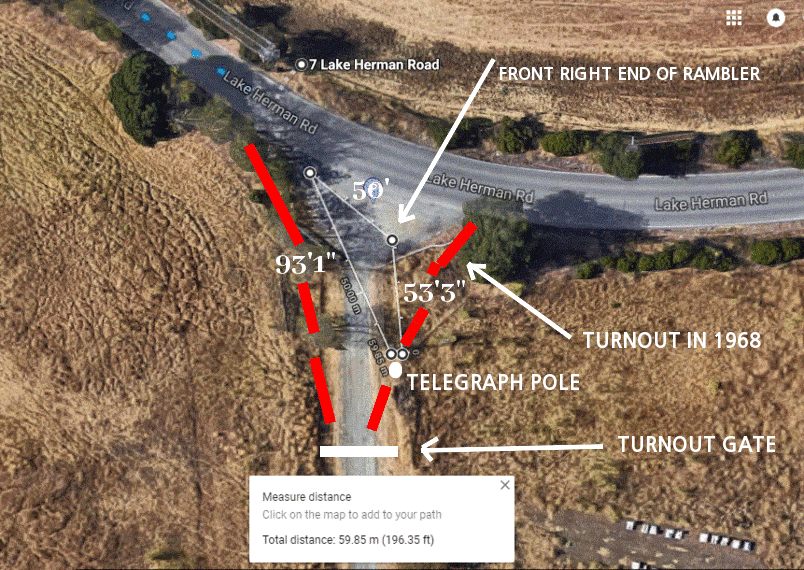
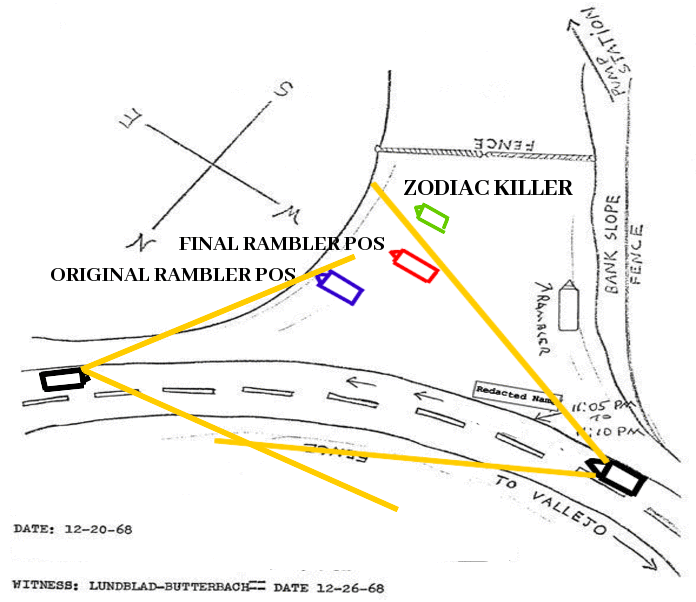
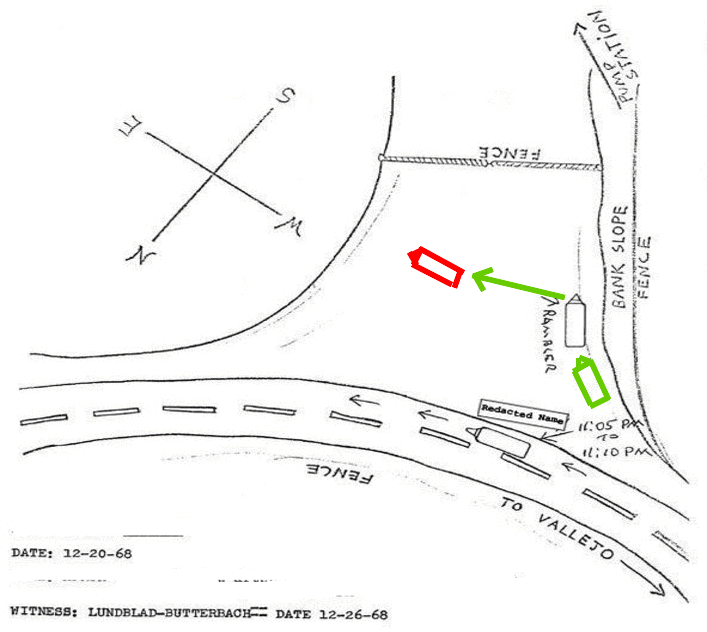
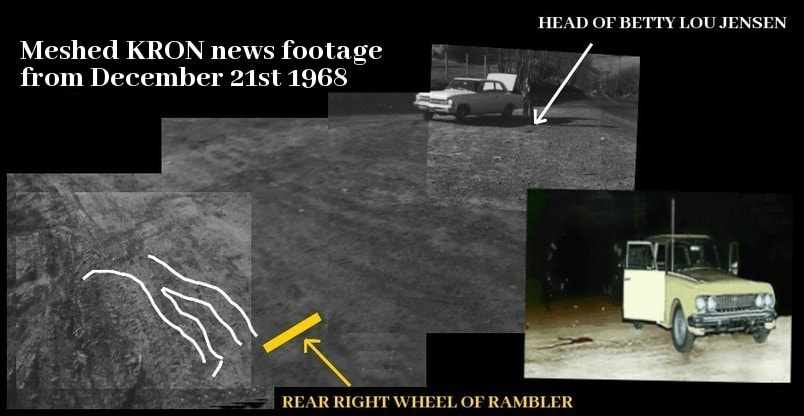
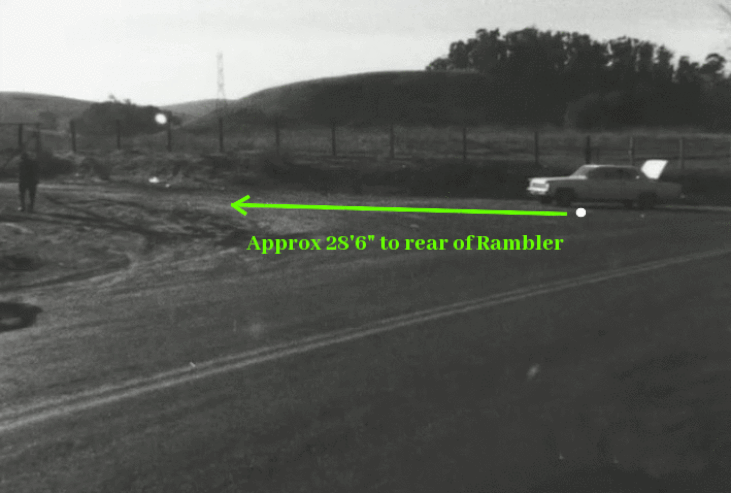




 RSS Feed
RSS Feed
